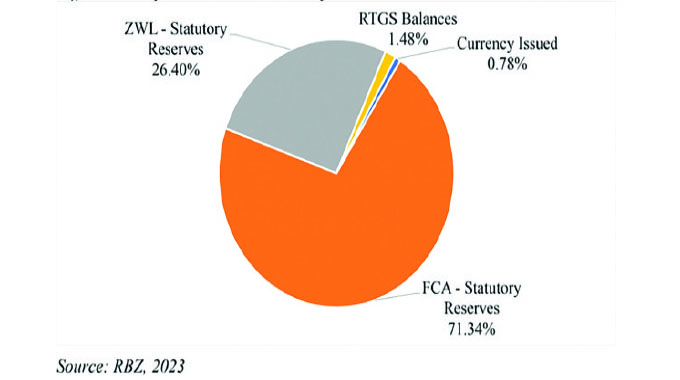Sugar industry anticipates growth in 2011

A combination of economic and political factors weighed heavily on the operations of sugar producers in the past decade.
Sugar output declined from a peak of 600 000 tonnes per annum in the late 1990s to 259 000 tonnes during the 2009-10 agricultural season.
Due to this decline the country in 2006 approved the National Sugar Adaptation Strategy. The strategy focused on the key areas of arresting the decline in sugar output in the short term and re-establishing and rehabilitating infrastructure to return the industry to its former levels of production.
Finance Minister Tendai Biti in his 2011 National Budget Statement said the sugar industry was recovering slowly and would reach full capacity in 2013 due to the constraints it faced over the past years.
“Total sugar output is expected to increase to 350 000 tonnes in 2010 from 259 000 tonnes in 2009, largely due to the liberalised business environment and the realisation of macro-economic stability.
“Output in 2011 to 2012 is anticipated to further increase to 450 000 tonnes, with most of this coming from Triangle Sugar’s Hippo Valley Estates where targeted sugar production growth is set to raise output to 320 000-350 000 tonnes. Already the crush rate at Hippo Valley mills has since increased closer to capacity as the second refurbishment was also brought into operation,” he said.
Minister Biti added that the support of 13,7 million euros for vulnerable smallholder sugar producers this year by the European Union under its Programme of Accompanying Measures for Sugar Protocol Countries for 2010 was going to complement significant investments by the bigger producers.
EU’s head of delegation in Zimbabwe Mr Aldo Dell’Ariccia said in a statement that the sugar industry required funding for it to be resuscitated.
“The European Commission has agreed to fund a programme to support the reform of the sugar sector of Zimbabwe to the tune of 13,7 million euros (US$19 million). Our programme PAMSPC aims at restoring the capacity and the level of production of the sugar industry on which the livelihood of more than 200 000 people depended.
“We hope our funds will also contribute to the implementation of the national land audit programme, which is critically needed to ensure a proper framework for increased productivity of the agriculture sector in Zimbabwe,” he said.
Industry and Commerce Minister Welshman Ncube recently said the problem of absentee landlords on occupied sugar farms had continued to dog the industry.
While the production is looking up, the state of much of the 45 000 hectares of arable land meant for sugar in the Lowveld — the main production belt — still leaves a lot to be desired.-The Herald








Comments